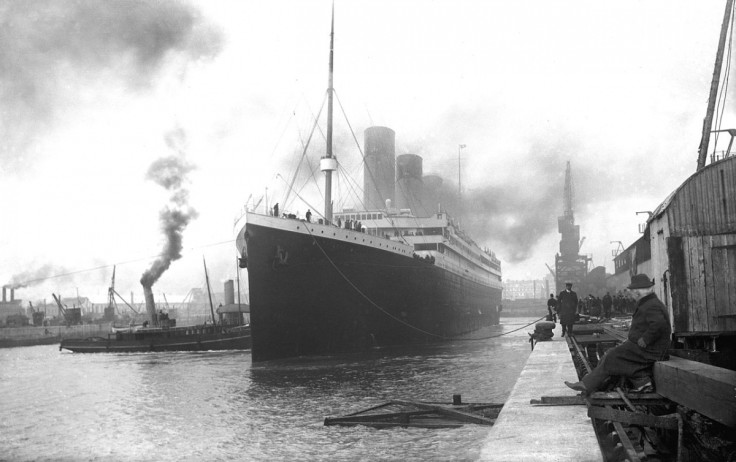Titanic: Newly-discovered telegram raises new questions

A distress telegram sent out by the Titanic has been discovered 103 years after the world's most famous ship sunk in the cold waters of the Atlantic. It was sent frantically seeking help after the luxury cruiser hit an iceberg, and throws open the possibility that the owners of the ship were aware of the disaster as it unfolded.
Placed on auction by a collector of antique radio and telegraph equipment in Dallas, the telegram reads: "To Mr. P.A. Franklin, White Star Steamship Co. 9 Broadway, NYC. CQD, CQD SOS SOS= From MGY (RMS Titanic)= We Have Struck Iceberg= Sinking Fast= Come to our Assistance= Position: Lat 41.46 N.= Lon 50.14 W. MGY."
It is expected to fetch around $40,000 (27,000 pounds) in the auction, writes Discovery News.
The "unsinkable" RMS Titanic set sail from Southampton, England, for New York on its maiden voyage on April 10, 1912 carrying 2,224 passengers and crew. Four days later it struck an iceberg in the North Atlantic and sank within three hours, claiming the lives of 1500.
It is believed that the telegram was part of a series of 15 sent out by Marconi operators aboard the Titanic on the night of April 14, 1912. Among the distress messages were those to the United States Postal Service and British Royal Mail warning that the mails it carried would not be delivered.
Philip Franklin, the boss of shipping company White Star Line, swore on oath during the enquiry that he had not received "a word or communication of any kind or description" from the ship after it had hit the iceberg.
It was only later, Franklin said, that he heard news of the Titanic's sinking when Bruce Ismay, general manager of White Star Line, who had been on board, was rescued and brought to safety along with 700 others by the RMS Carpathia. It is not clear if the newly-discovered telegram reached Franklin in time.
Heritage Auctions, which has put up the telegram for auction, is sure the telegram is authentic.
"We have examined the telegram extensively and conclude that all characteristics are 'right', including type of paper, method of printing, aging of the paper and look of the typed message," the company said.
A century after the disaster, experts continue to be puzzled about the speed with which a ship weighing over 40,000 tonnes could sink so fast. Over-speeding, work dereliction by radio operators, poor quality of rivets in the ship's hub and lack of adequate lifeboats are believed to have compounded the speed of its sinking.
The wreck of the Titanic was discovered in 1985 and lies off the coast of Newfoundland, in Canada, at 12,500 feet below the surface.
© Copyright IBTimes 2025. All rights reserved.





















